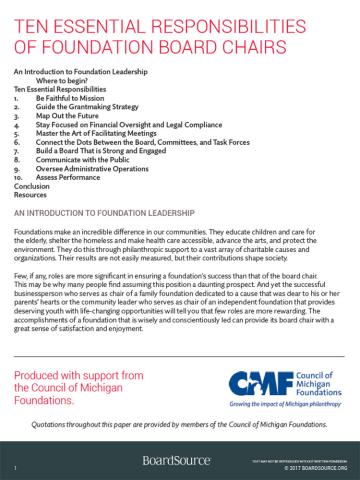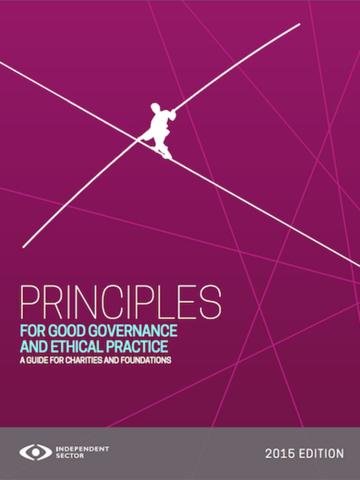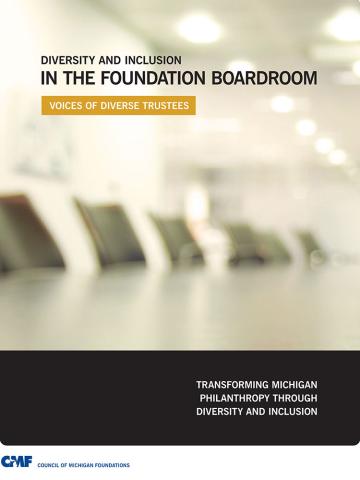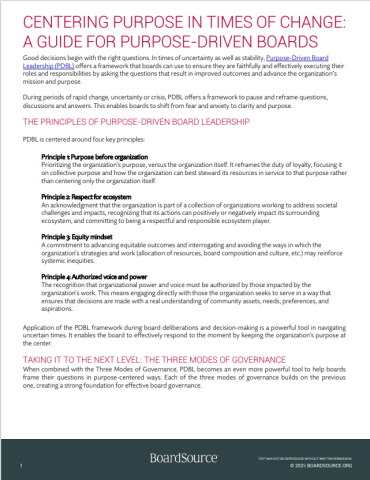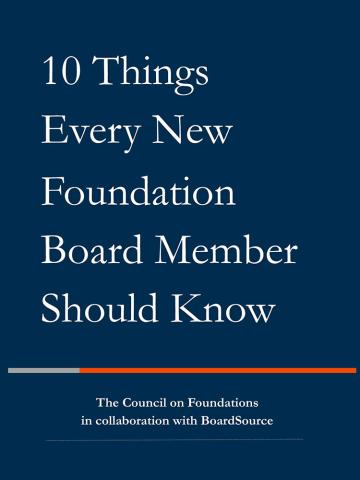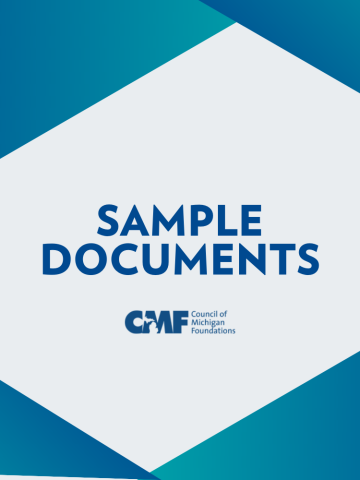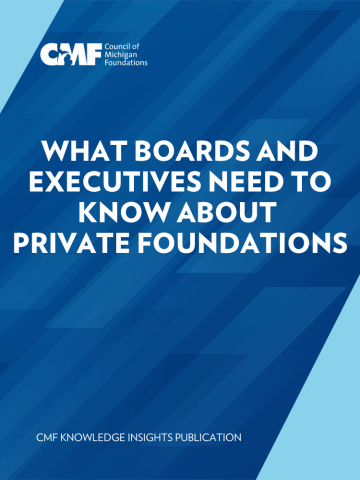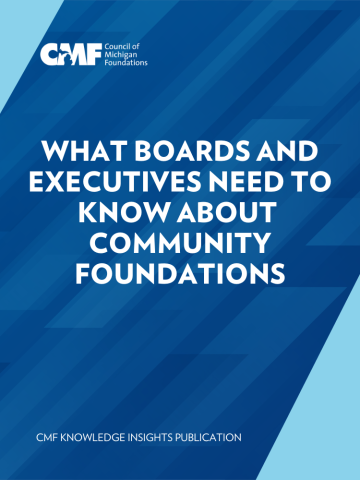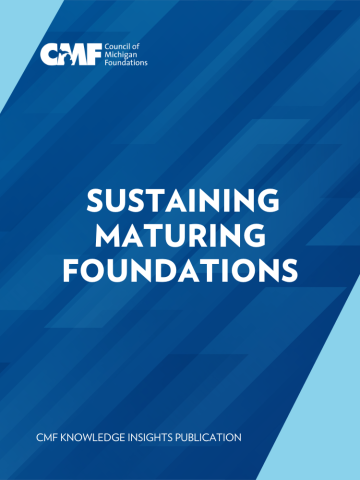Compiled below are a collection of downloadable sample documents related to Governance & Board Development.
In accessing the resources available through CMF’s Sample Documents Hub, it is important to keep in mind a few key tips to ensure that you choose the most useful templates that apply best to your organization.
-
Find sample documents that fit your organization’s size and structure: Sample documents vary widely, depending on the organization that developed it. Try to find examples that originate from foundations that share at least some of the traits of your organization. For example, a small foundation may find using a template created for a 100+ staff foundation or large university to be overwhelming for use by a small team.
-
Look for multiple samples: Organizations should review multiple examples of the sample document that they need, whether that is a grant application, mission statement, or internal policy. In looking across several organizations’ versions, it becomes increasingly apparent how the writers customize the general concept to their particular needs. These variations may take the shape of different formats or languages that reflect the organization’s internal structures, capacity, or purpose.
-
Expect to make changes: A sample document is not a one-size-fits-all template and will need to be adapted to your organization’s particular needs. Plan to draft a version (or several) with the help of staff or board members, using the samples for suggestions of the language, format, and structure. Also, consider having several people review the draft before finalizing it. In some cases, the final document may also need to be approved by foundation leadership or the board, so plan for additional changes that may come along during those review periods.
The Council of Michigan Foundations is pleased to share the following sample documents as a member resource. Please note that these files are provided for educational purposes only, as a reference in developing your own materials. As such, be sure to consult your professional, legal and financial advisors in the development of materials specific to your foundation’s needs.
